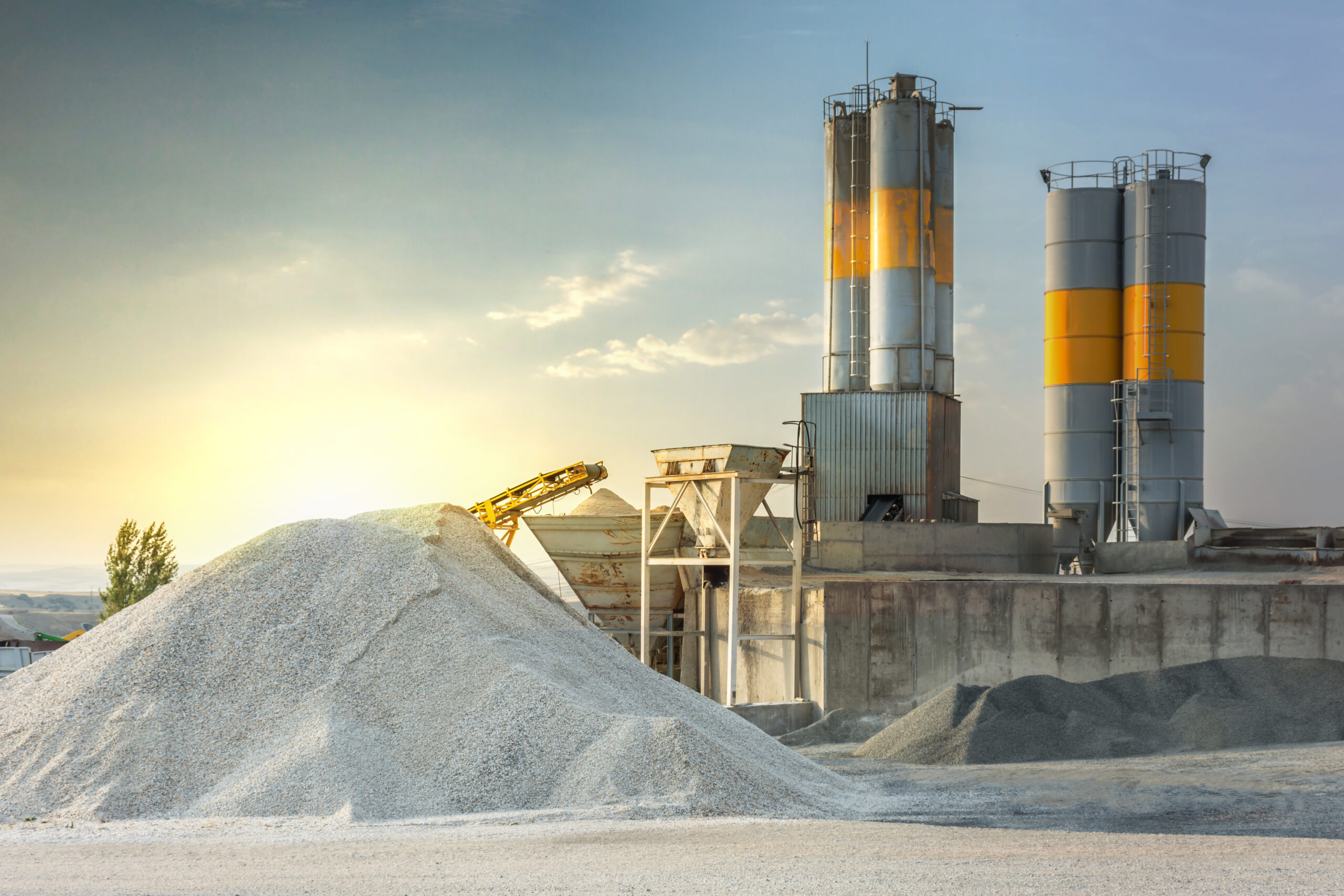Cement is everywhere—under our feet, in the walls around us, in the bridges we cross. It is so fundamental to modern life that we rarely think about it. Yet, this gray powder is one of the most essential and impactful materials in human history. It has built civilizations, from ancient Rome’s enduring structures to today’s expanding megacities. But behind its solid presence lies an industry at a turning point, balancing growth with the urgent need for sustainability.
The Romans were among the first to recognize the power of cement, mixing volcanic ash with lime to create structures that still stand today. Their innovation was nearly lost to history until the 19th century, when Portland cement—still the foundation of modern construction—was invented. Since then, cement production has exploded, driven by the relentless demand for urbanization. Today, Asia leads the charge, with China and India producing more cement than the rest of the world combined. In fact, China alone used more cement between 2011 and 2013 than the U.S. did in the entire 20th century.
But cement’s success comes with a cost. Producing it generates around 8% of global carbon dioxide emissions, making it one of the most polluting industries. The problem lies in its very chemistry—limestone, the key ingredient, releases CO₂ when heated, and the extreme temperatures required to process it rely on fossil fuels. As the world pushes toward greener solutions, the cement industry faces mounting pressure to clean up its act.
The response? Innovation. Some producers are blending cement with industrial byproducts like fly ash and slag, reducing emissions without compromising strength. Others are experimenting with carbon capture technologies, aiming to trap CO₂ before it reaches the atmosphere. Recycling is also gaining momentum—old concrete is being crushed and reused, cutting down on waste and the need for fresh raw materials. In some cases, new cement formulas contain up to 10% recycled content, a small but important step toward a circular economy.
Yet, demand keeps growing. More people need housing, more cities are expanding, and infrastructure projects are booming worldwide. Cement is not going anywhere, but how it is made is changing. Factories are adopting energy-efficient kilns, alternative fuels, and even experimenting with bio-based additives to make cement stronger and more sustainable.
For an industry often seen as old-fashioned, cement is undergoing a quiet revolution. The challenge is clear—build the future without destroying it in the process. And while cement may not be the most glamorous topic, its story is one that shapes the world we live in every single day.
